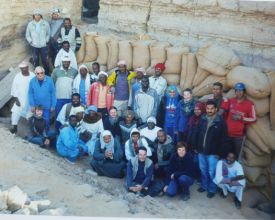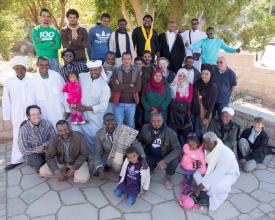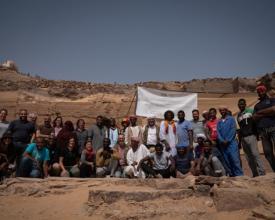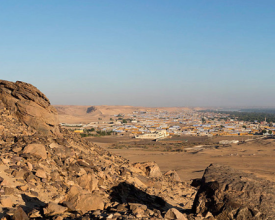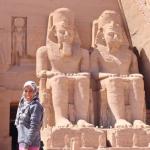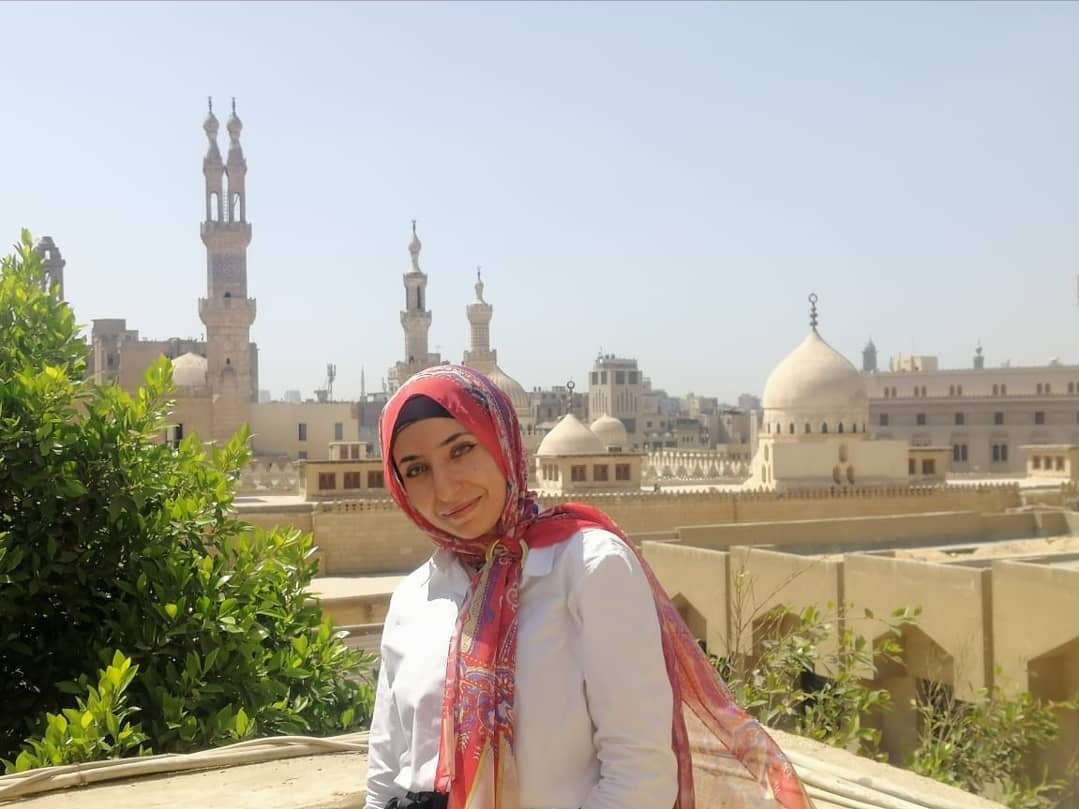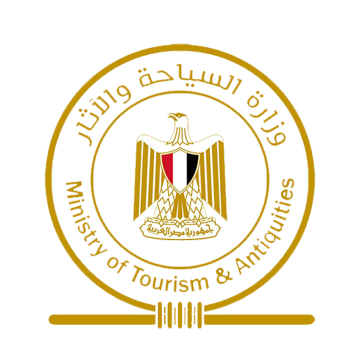
Partnering with local communities at Qubbet al-Hawa North archaeological site
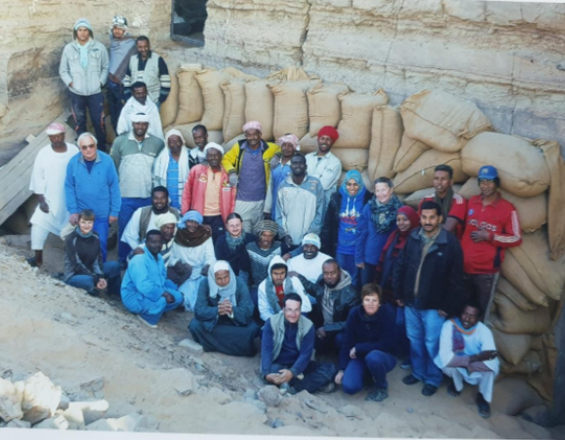
The site of Qubbet al-Hawa North (QHN) is situated near the ancient necropolis of Qubbet al-Hawa, which is part of the World Heritage property of the Nubian Monuments from Abu Simbel to Philae. As many sites in Egypt, it suffered from looting and destruction by local communities after the 2011 revolution.
A successful effort of cooperation between the Aswan and Nubia inspectorate from the Ministry of Tourism and Antiquities, police and the elders from a village west of Aswan led to regain control of the site with the condition that excavation should employ youth from local village.
Since 2014, locals and local craftsman have been employed in excavations and some became regular workers in the archaeological field, gaining skills and expertise. They also showed great passion for their heritage. Foreign missions staying in West Aswan are renting houses from locals during the excavation seasons. This is part of the plan to enhance the economy of the village and to generate new jobs for locals.
Impacts
- The beneficiaries of these efforts are: the public sector (Ministry of Tourism and Antiquities as site manager, and the Egyptian-German archaeological mission from Berlin Museum and Aswan and Nubia inspectorate; educational institutions (Berlin Museum working QHN, Jaen University and other institutions doing research in Qubbet al-Hawa), and local communities (local employment and participation in activities whenever possible).
- Local communities have been provided with new economic opportunities. Archaeological sites can help to meet the economic and development needs of locals and support them in overcoming difficult financial circumstances.
- The long-term aim is to continue to partner with local communities to raise awareness on the importance of conserving heritage places and at the same time provide them with opportunities for involvement with archaeological sites and working side-by-side with the excavation and conservation teams.
- The Egyptian-German mission started organizing site and museum visits to raise the awareness of locals on their heritage and their significant contribution to archaeological work. This contributed to enhancing trust and provided a positive effect for greater interaction between the archaeologists and the locals.

